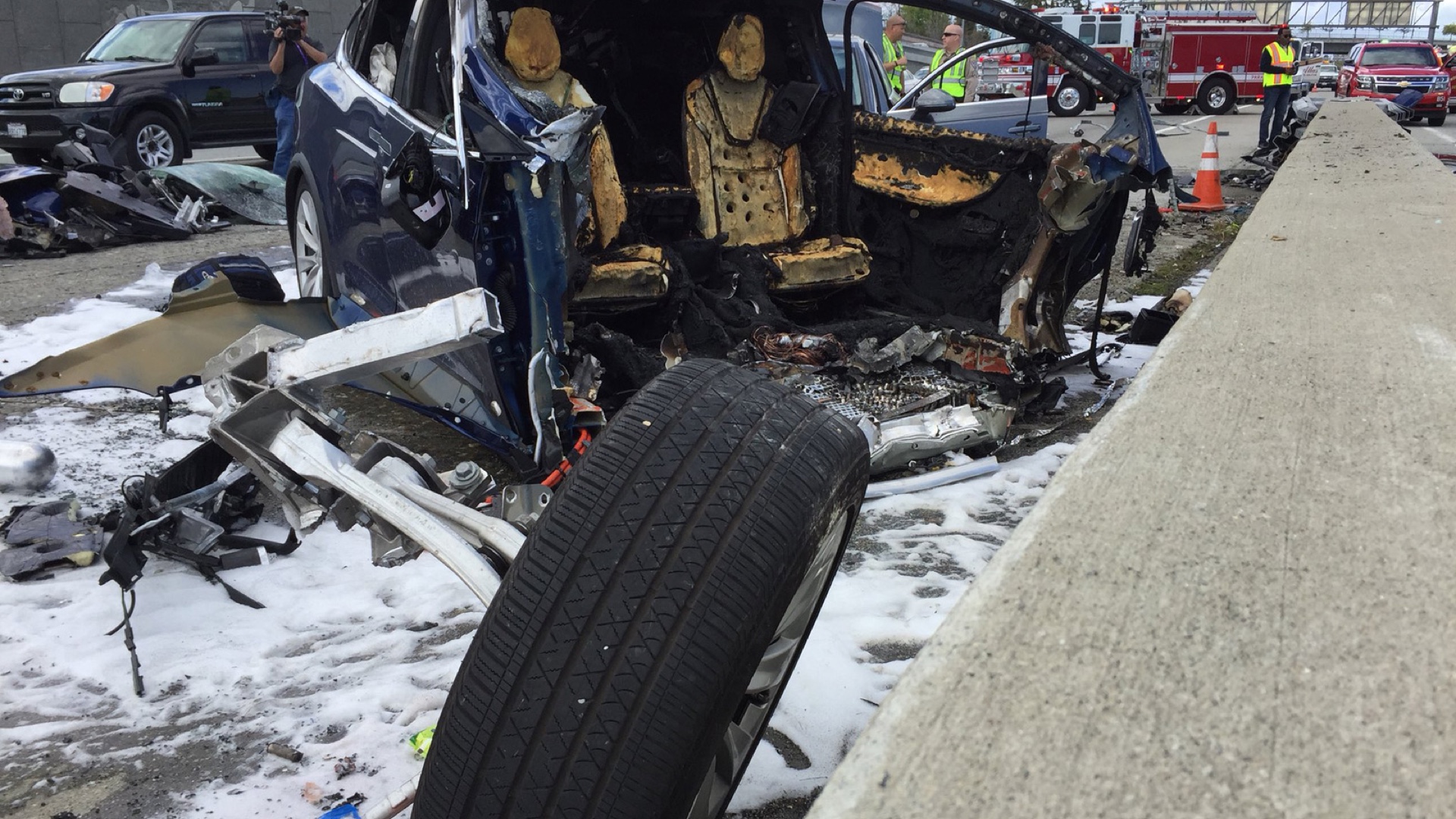

The family of the victim who perished in a crash involving his 2017 Tesla Model X is suing the automaker for “wrongful death.”
According to C/D, the family of Wei Lun “Walter” Huang is seeking significant damages and other compensation in the form of a lawsuit, suing Tesla for negligence in regards to its Autopilot semi-autonomous driving software. Last year, Wei Lun Huang perished in the crash when he was traveling on Highway 101 in Mountain View, California, in the morning hours of March 23, 2018. Huang, an engineer for Apple, had Tesla’s Autopilot system engaged with its cruise control function set at 75 miles per hour when he crashed head-on into a safety barrier on at 71 mph. The crash involved two other vehicles, whose occupants only received minor injuries, according to supplementing reports from the National Transportation Safety Board.
The lawsuit filed last week at local offices in Santa Clara calls Tesla’s Autopilot defective and alleges that it was the primary cause of Huang’s death.
The NTSB’s preliminary investigation found that Huang had engaged the car’s Autopilot system four times during his 32-minute journey. While the car traveled with Autopilot engaged, it approached the intersection of Highway 101 and Highway 85 while in the left lane. Tesla’s Autopilot, which consists of what Tesla specifically calls “Autosteer” and “Traffic Aware Cruise Control,” utilizes sensory equipment to detect any vehicles in front, and uses that vehicle as partial guidance for the Autosteer system.
The Model X no longer detected the vehicle ahead as Huang’s Model X approached a fork in the lanes. The Tesla veered to the left of the lane split and accelerated to Huang’s set speed of 75 mph, before colliding with the barrier. According to the Model X’s in-car black box data recorder, Huang didn’t grab a hold of the steering wheel six seconds prior to the impact.
The lawsuit claims that Tesla’s Autopilot should have maintained its lane of travel and alerted Huang of the imminent collision while applying emergency braking, but that didn’t occur. The family is also suing the state of California for failure to maintain and repair the barrier prior to the crash.
Huang’s family also points out that because newer Tesla models come equipped with updated and improved Autopilot software that renders the previous version of the system obsolete and defective. Tesla first rolled out Autopilot in 2015, which came with numerous dashboard warnings that can prompt the driver to take control of the vehicle at any time when deemed necessary. The system also came with several legal disclaimers attached.
The NTSB investigation is ongoing.